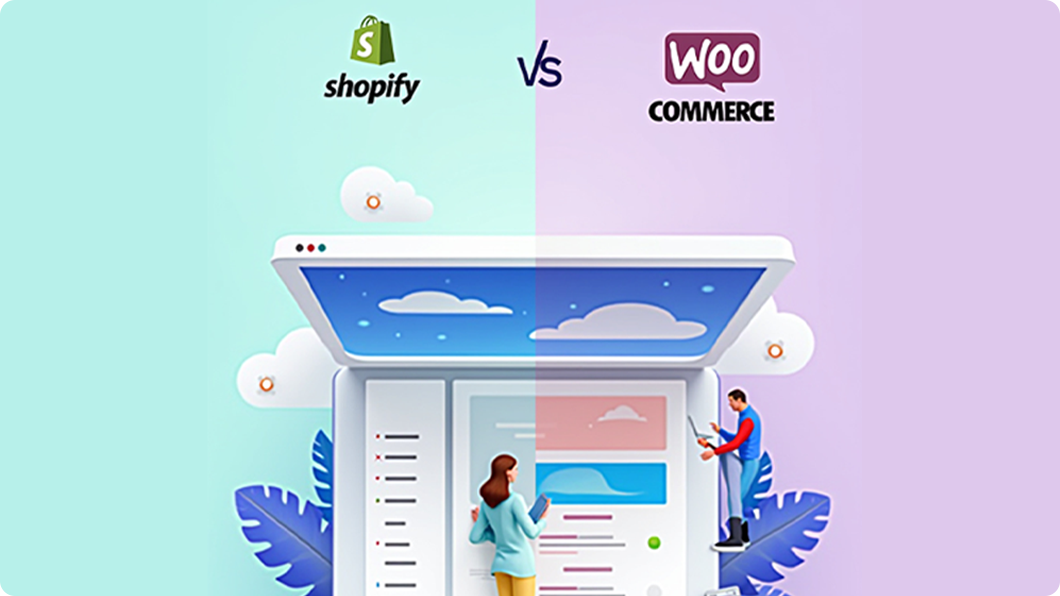
Renewable Energy Sources and their Integration
Renewable energy sources have gained increasing prominence as viable alternatives to traditional fossil fuels. These sources, such as solar, wind, hydro, and geothermal, offer numerous benefits, including reduced greenhouse gas emissions, improved energy security, and long-term sustainability. In this article, we will explore the different types of renewable energy sources and their integration into the existing energy infrastructure.
Solar Energy
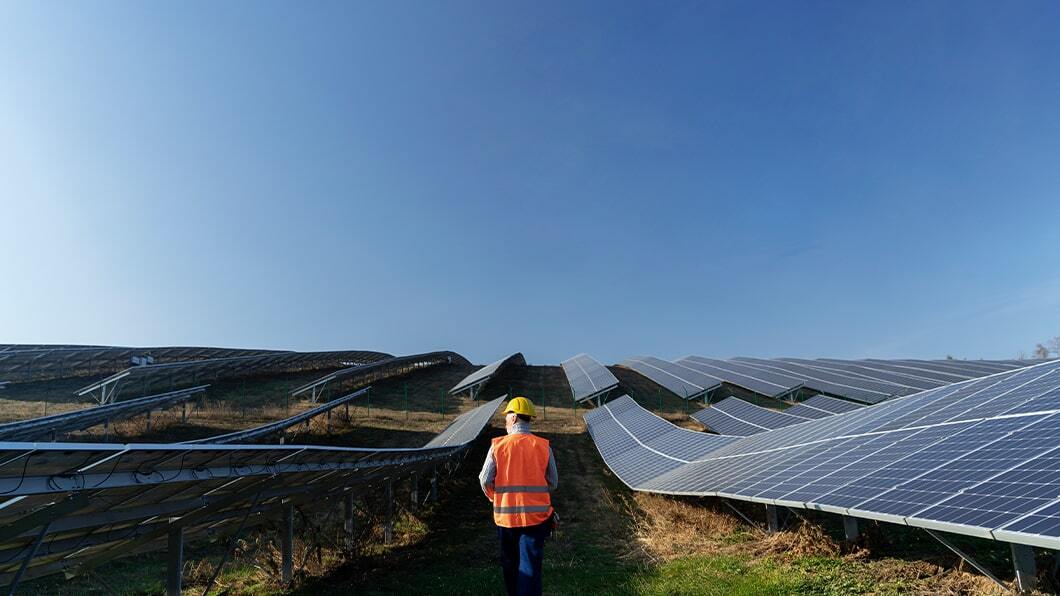
Solar energy harnesses the power of sunlight to generate electricity. Photovoltaic (PV) cells, commonly known as solar panels, convert sunlight into direct current (DC) electricity, which can be further transformed into alternating current (AC) for use in homes, businesses, and industries. Solar energy systems can be deployed on rooftops, solar farms, or even integrated into building materials. The integration of solar power into the energy mix reduces reliance on non-renewable resources and contributes to a cleaner and greener energy landscape.
Wind Energy
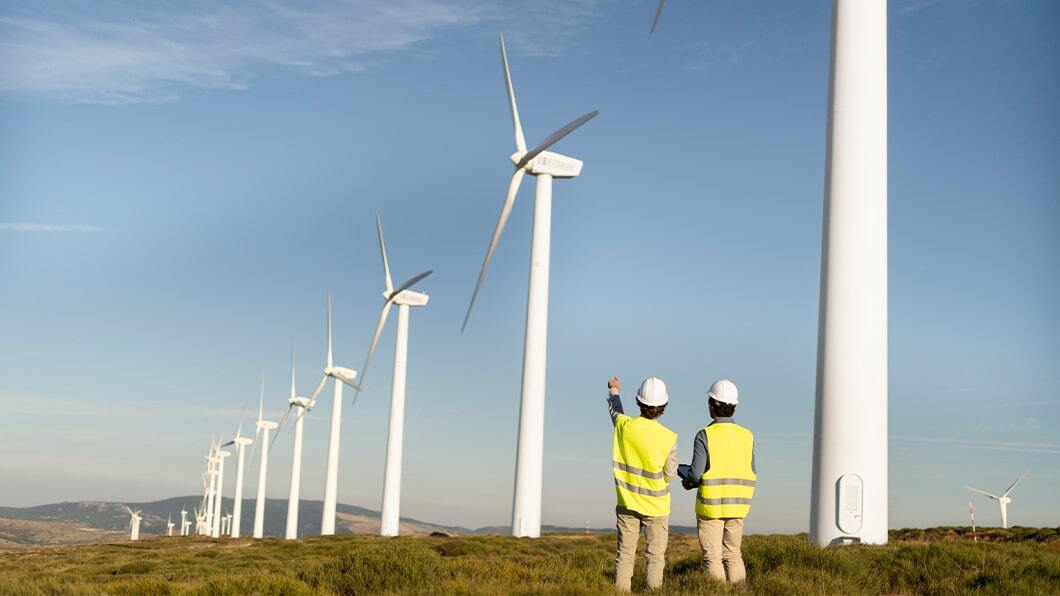
Wind energy utilizes the kinetic energy of the wind to generate electricity. Large wind turbines capture the energy from the wind’s movement, converting it into rotational motion that drives an electrical generator. Wind farms, consisting of multiple turbines, can be installed onshore or offshore in locations with consistent wind patterns. Wind energy is a cost-effective and abundant source of renewable power, capable of supplying electricity to homes, communities, and even entire cities.
Hydroelectric Power
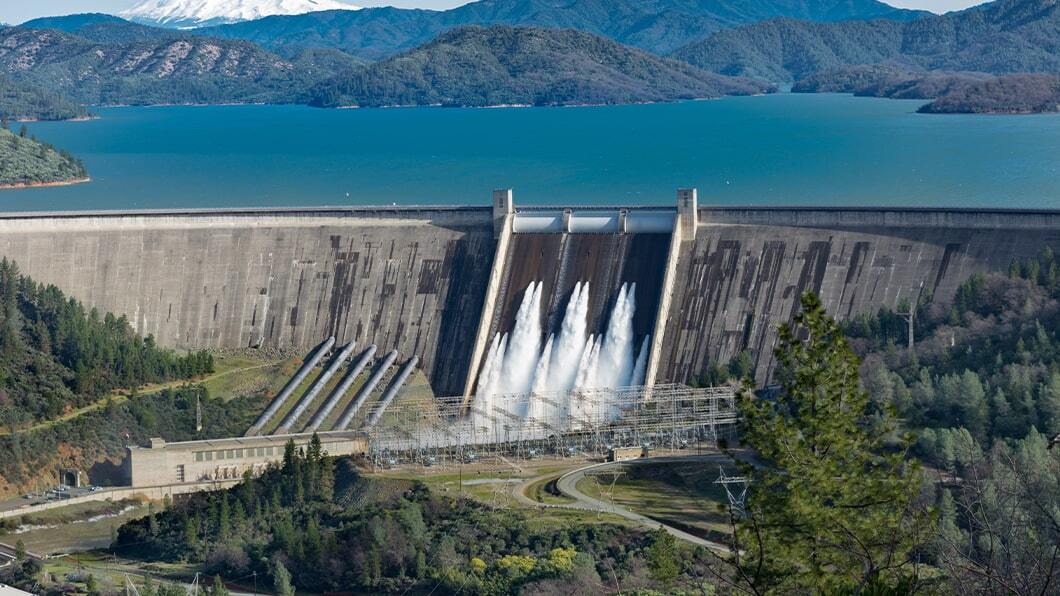
Hydroelectric power harnesses the energy of flowing water to generate electricity. Large dams and reservoirs store water, and the force of its release is used to spin turbines, which generate electrical power. Hydroelectric power plants can vary in size, from small-scale installations in rivers to massive facilities that generate significant amounts of electricity. Hydroelectric power is a reliable and well-established renewable energy source, providing a consistent and controllable supply of electricity.
Geothermal Energy
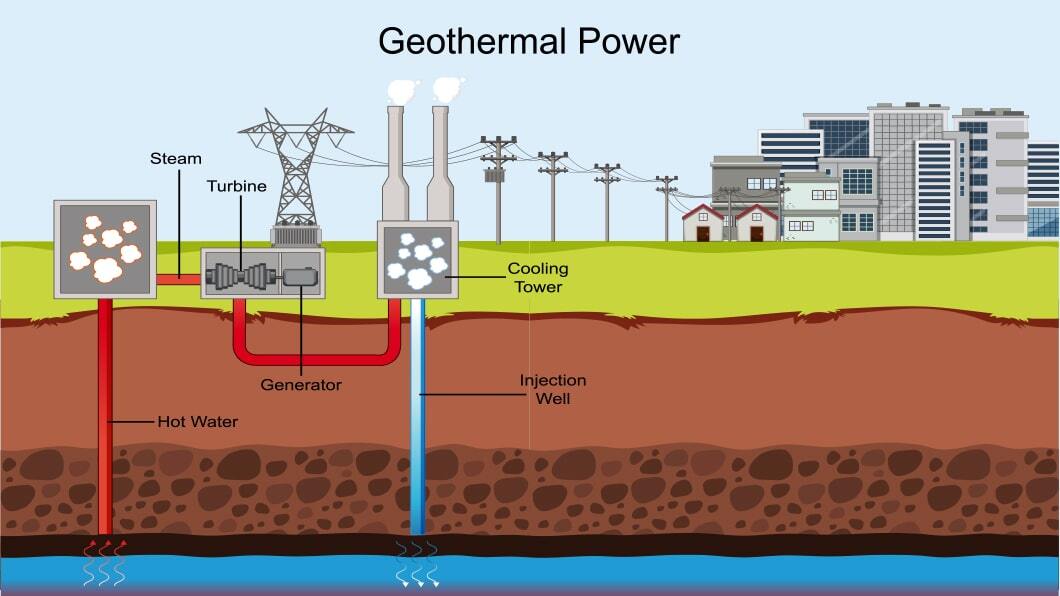
Geothermal energy taps into the heat stored within the Earth’s crust to generate electricity or provide direct heating. Geothermal power plants utilize steam or hot water reservoirs beneath the Earth’s surface to drive turbines and produce electricity. Geothermal energy is a dependable and continuous source of power, as the Earth’s internal heat remains constant. It can be harnessed in geologically active regions, such as geothermal power plants or through geothermal heat pumps for heating and cooling buildings.
Integration into the Energy Infrastructure
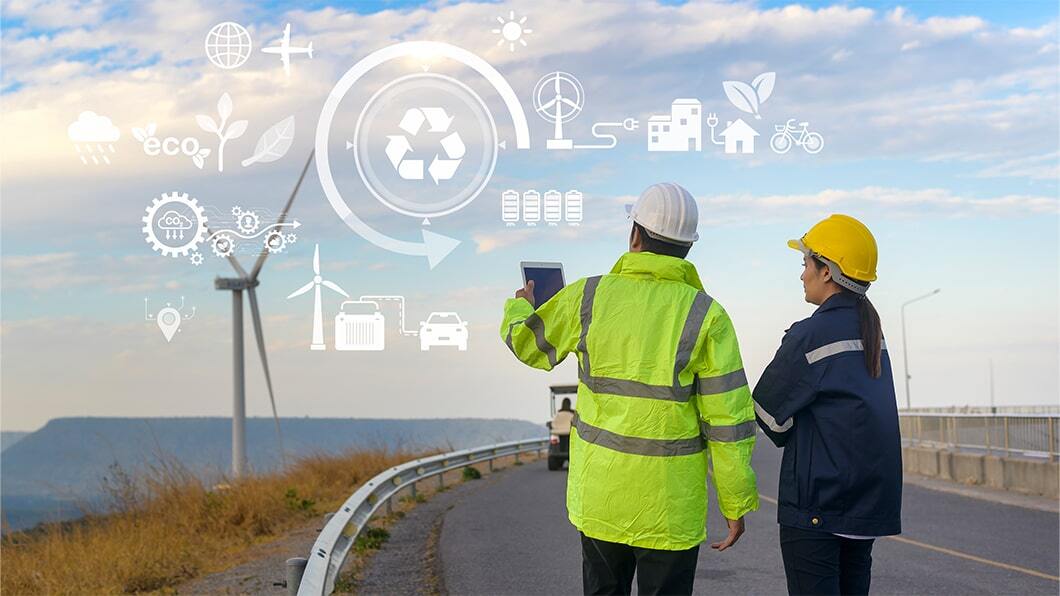
The integration of renewable energy sources into the existing energy infrastructure presents both opportunities and challenges. Here are some key aspects to consider:
- Grid Integration: Integrating renewable energy sources into the electrical grid requires careful planning and management. The intermittent nature of solar and wind energy requires the development of grid systems that can handle fluctuations in power supply. Energy storage technologies, such as batteries, can help store excess energy during peak production periods and discharge it when demand is high. Smart grid technologies, advanced monitoring systems, and grid flexibility are essential for effectively managing renewable energy integration.
- Distributed Generation: Renewable energy sources offer the potential for distributed generation, where power is generated at or near the point of consumption. Small-scale solar installations on rooftops or wind turbines in communities enable decentralized energy production. This reduces transmission losses and enhances energy security. However, effective grid management and policies are necessary to ensure the smooth integration of distributed generation into the overall energy system.
- Electrification of Transportation: The integration of renewable energy sources can extend beyond electricity generation to transportation. Electric vehicles (EVs) powered by renewable energy sources can help reduce reliance on fossil fuels and lower carbon emissions. The charging infrastructure for EVs can be powered by renewable energy, creating a synergistic relationship between renewable energy generation and transportation sectors.
- Policy and Incentives: Government policies and incentives play a crucial role in facilitating the integration of renewable energy sources. Supportive policies, such as feed-in tariffs, tax incentives, and renewable portfolio standards, encourage the deployment of renewable energy systems. These measures promote investment, research, and development in renewable technologies, making them more accessible and economically viable. Clear and consistent regulatory frameworks help create a favorable environment for renewable energy integration.
- Energy Efficiency and Demand-Side Management: Energy efficiency measures and demand-side management strategies complement the integration of renewable energy sources. By reducing overall energy consumption and optimizing energy use, the demand for electricity can be better matched with renewable energy generation. Energy-efficient buildings, smart appliances, and demand response programs contribute to a more balanced and sustainable energy system.
- Benefits and Environmental Impacts: The integration of renewable energy sources brings numerous benefits. It reduces greenhouse gas emissions, mitigates climate change, and improves air quality. Renewable energy projects create job opportunities and contribute to economic growth. Additionally, renewable energy systems are less vulnerable to price fluctuations of fossil fuels, enhancing energy security and resilience.
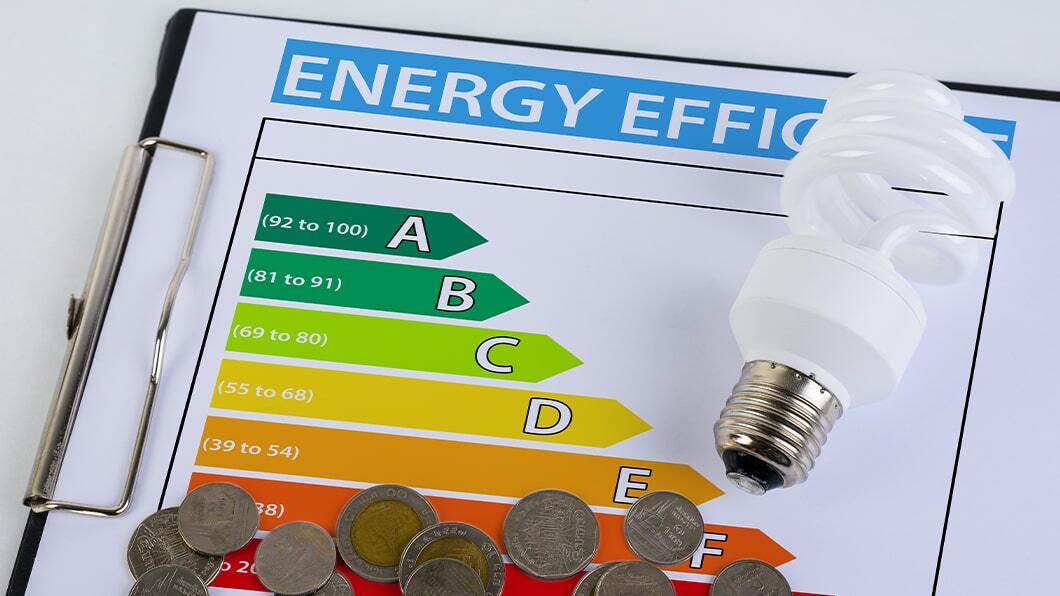
However, there are also environmental considerations. The construction and operation of renewable energy infrastructure may have some impacts on ecosystems, such as land use changes or potential effects on wildlife. It is important to assess and manage these impacts through responsible planning, site selection, and environmental monitoring.
Conclusion
The integration of renewable energy sources into the energy infrastructure is crucial for transitioning to a sustainable and low-carbon future. Solar, wind, hydro, and geothermal energy offer reliable and clean alternatives to traditional fossil fuels. By adopting a multi-faceted approach that includes grid integration, distributed generation, electrification of transportation, supportive policies, energy efficiency measures, and environmental considerations, we can maximize the benefits of renewable energy and accelerate the shift towards a more sustainable energy system.
FAQs
1. Are renewable energy sources more expensive than fossil fuels?
While the initial investment in renewable energy infrastructure may be higher, the cost of renewable energy has been decreasing significantly in recent years. Technological advancements, economies of scale, and supportive policies have made renewable energy competitive with or even cheaper than fossil fuels in many regions. Additionally, the long-term benefits, such as reduced fuel costs and environmental advantages, make renewable energy a cost-effective choice.
2. Can renewable energy sources provide a reliable and consistent power supply?
With proper planning and integration, renewable energy sources can provide a reliable and consistent power supply. While solar and wind energy can be intermittent, advancements in energy storage technologies, grid management systems, and the combination of different renewable sources help ensure a stable electricity supply. Additionally, the complementarity of renewable energy sources across different regions enhances reliability.
3. How can individuals contribute to renewable energy integration?
Individuals can contribute to renewable energy integration by adopting energy-efficient practices at home, such as using energy-saving appliances, optimizing heating and cooling, and reducing overall energy consumption. Supporting policies that promote renewable energy, investing in rooftop solar installations, and choosing renewable energy providers are also impactful ways to drive renewable energy adoption.
4. What role do research and development play in advancing renewable energy integration?
Research and development play a critical role in advancing renewable energy integration. Continued investments in research help improve the efficiency and cost-effectiveness of renewable technologies. Advancements in energy storage, grid management, and smart technologies enhance the integration of renewable energy sources. Collaboration between researchers, industry, and policymakers is crucial to drive innovation and accelerate the deployment of renewable energy solutions.
5. How can developing countries benefit from renewable energy integration?
Developing countries can benefit from renewable energy integration in multiple ways. By leapfrogging traditional fossil fuel-based energy systems, they can avoid the environmental pitfalls associated with conventional energy sources. Renewable energy can improve energy access, promote rural development, create job opportunities, and enhance energy security. Additionally, the declining costs of renewable technologies make them increasingly viable options for developing economies to meet their growing energy demands sustainably.





